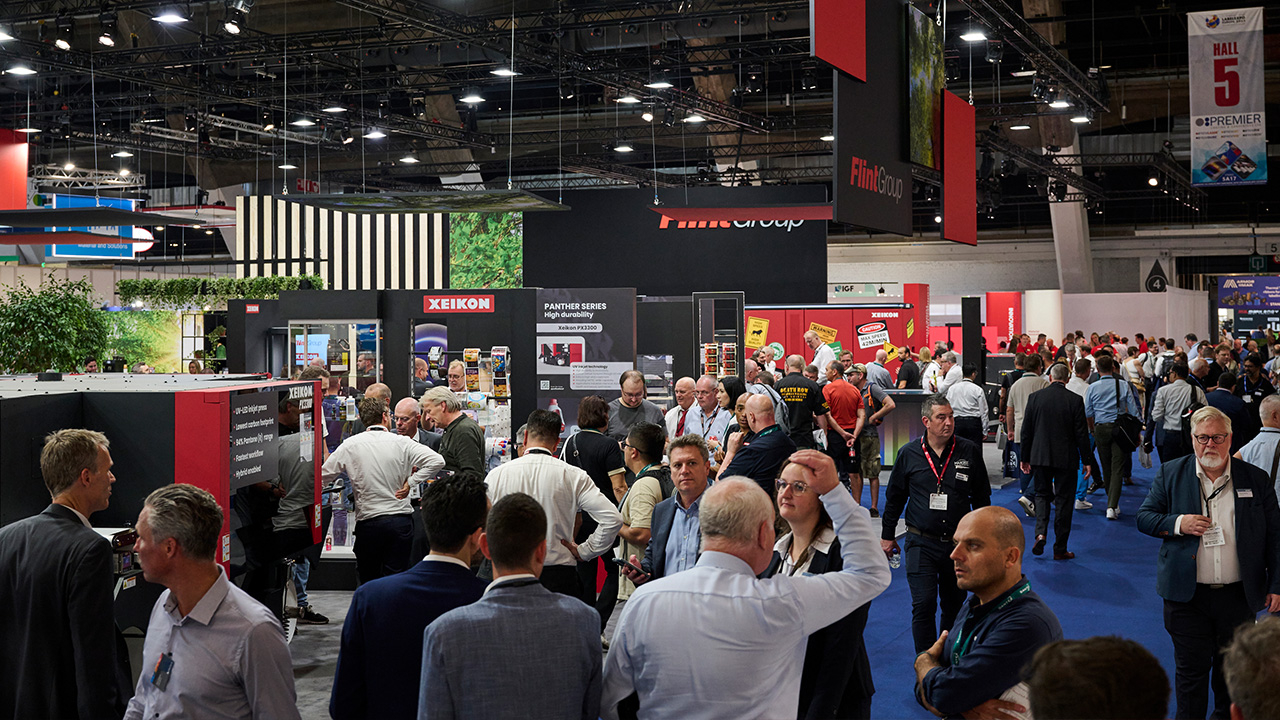What happened to the promise of NFC in FMCG smart packaging?

A few years ago, the prospect of affordable, practical, ubiquitous NFC technology in smart packaging caused a flurry of excitement. More recently, though, noise surrounding the prospects of this technology has died down somewhat. So, what happened?
There’s no doubt that the demand is there: According to researchers Markets and Markets, the smart packaging sector will be worth 29.7 billion USD by 2020, and will grow at a CAGR of about five percent. Marketing intelligence firm Mintel recently listed ‘apps that support mobile-engaged packaging’ as one of the trends most likely to impact the global packaging industry.
It’s easy to see the huge practical and technical advantages of NFC technology. NFC devices are small and, unlike barcodes and QR codes, do not need to be visible. They can therefore be integrated non-intrusively underneath labels or existing packaging. They can be passive, not requiring internal power and so can have an almost indefinite shelf life. They offer rapid read rates, can operate without line of sight, and are 99.99 percent reliable compared to less than 90 percent for barcodes. They’re also popular with shoppers: 50 percent of consumers prefer using NFC to retrieve product information, vs 23 percent for QR codes and 10 percent for Bluetooth Low Energy (BLE) beacons, according to further recent research.
The potential applications of NFC are equally compelling for the consumer as they can enable a range of new marketing experiences, offering information on anything from recipes, calorie counts and loyalty schemes, to videos, games and other interactive content, all with the wave of a smartphone. In addition, NFC technology is hard to duplicate, making them ideal for anti-counterfeiting and tamper proofing applications.
Such compelling applications have already been proven in several real-world implementations. In 2015 Stora Enso Premium Chocolates used NFC to allow consumers to assess the environmental integrity of packaging. During the same year, Jonnie Walker also developed an NFC-enabled sensor for whiskey bottles, to confirm the product had not previously been opened. In 2016, Malibu developed interactive media that could be accessed by ‘tapping’ your phone to promotional bottles. Jameson Whiskey similarly released a ‘tap to win’ bottle design in 2017, and Lucozade has issued a small number of free promotional bottles allowing travellers in London free travel on the city’s underground transportation network.
To-date, however, NFC has either been applied to premium goods (with a high profit margin) or applied in a limited quantity as part of a marketing exercise. Typically, NFC has not been integrated en masse into low-cost FMCG goods. The reason is simple – price. The cost of NFC options has, up to now, been too high for everyday goods where margins are razor thin, prices will have to fall dramatically for NFC to penetrate into low-cost FMCG goods.
The market appears to have been heading in the right direction, however. From claims that NFC tags would never fall beneath the 10 cents mark, sources such as Itak started to identify ‘basic passive RFID’ devices (the higher frequency, asset tagging technology) at around that price in 2015. RFID is used as a comparison here since it is shipping in the significant volumes required to bring the price down.
Overall, the cost of NFC tags is now at least 50 percent lower than it was 10 years ago. So how low does the price need to go?
This is a difficult question to answer precisely but, as noted by Hanna Langstrom of RFID Arena as early as 2013, the consensus seems to be settling somewhere around the one cents mark for the overall tag. This is a view that is backed up by the establishment of a three-year project, Scope, by the Centre for Process Innovation (CPI) in the UK.
So, what happened to the promise of NFC in FMCG smart packaging? Put simply, having realized what needs to be achieved, the industry is now taking some time to optimize accordingly. Suppliers are now focused on relentlessly driving down costs. I believe we’re not far from a price revolution in NFC and widespread adoption of this technology.
NFC was never meant merely for luxury goods. While it hasn’t reached a price that makes sense to the FMCG market, that time is close. When the industry sees unobtrusive, one cents NFC that can scale to match the production volumes and speeds of FMCG packaging, then it will be ripe for integration into everyday FMCG goods. Then NFC can be said to have achieved its promise.
Stay up to date
Subscribe to the free Label News newsletter and receive the latest content every week. We'll never share your email address.

